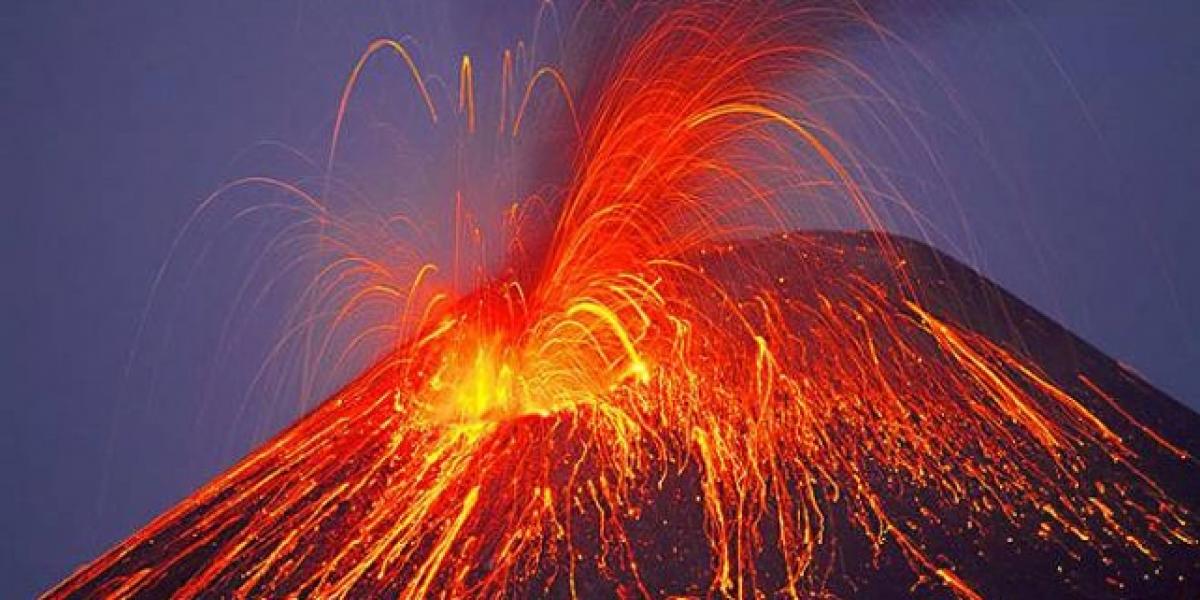Live
- Water Board’s OTS-2024 scheme ends in two days
- Congress worker alleges corruption in issuing bar licences
- BBMP set to present budget for 5th time in a row without netas
- Banyan Nation to invest Rs 200 cr in TG
- MP Vamshi meets UM Ram Mohan Naidu
- Occult rituals panic Nandyal locals
- First virtual classroom starts in Kurnool
- Ex-CM expresses pain over factionalism in State BJP
- Hyderabad 365th most polluted global city
- Govt neglecting education sector: Former MLA
Just In

Ancient Flood Volcanoes Triggered Climate Change. NASA scientists have found evidence pointing towards ancient flood volcanoes to be reason for altered climate.
Washington DC: NASA scientists have found evidence pointing towards ancient flood volcanoes to be reason for altered climate.
.jpg)
Lori Glaze of NASA's Goddard Space Flight Center said that they had been trying to understand how volcanoes alter the climate for about 30 years now, and it turned out that the El Chichon eruption included much more sulfur than Mount Saint Helens.
The eruptions of El Chichon and Pinatubo were powerful enough to propel their gases into the stratosphere, which gave them the potential to alter short-term climate. Since the stratosphere has been stable, if gas in volcanic plumes gets into the stratosphere, it stays there for a long time - a couple years, said Glaze.
The team applied a computer model they developed to calculate how high volcanic plumes rise.
The team verified their model by applying it to the 1986 Izu-Oshima eruption, a well-documented eruption in Japan that produced spectacular fire fountains 1.6 kilometers (almost a mile) high. When the team input fountain height, temperature, fissure width, and other characteristics similar to the Izu-Oshima eruption into their model, it predicted maximum plume heights of 13.1 to 17.4 km (8.1 to 10.8 miles), encompassing most of the observed values.
Assuming the much larger Roza eruption could sustain fire-fountain heights similar to Izu-Oshima, the model showed that Roza could have sustained buoyant ash and gas plumes that extended into the stratosphere at about 45 degrees north, she added.
Although the team's research suggests the Roza eruption had the potential to alter climate, scientists still have to search for evidence of a climate change around the time of the eruption, perhaps an extinction event in the fossil record, or indications of changes in atmospheric chemistry or sea levels, according to Glaze.
The surface of Venus is hidden under a thick cloud layer, so a volcanic plume might not be visible from space, but there may be the possibility that an active volcano could produce noticeable changes in atmospheric chemistry.
The research is published in the journal Earth and Planetary Science Letters.

© 2024 Hyderabad Media House Limited/The Hans India. All rights reserved. Powered by hocalwire.com







